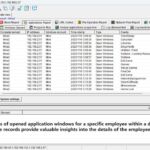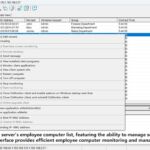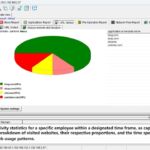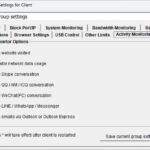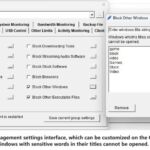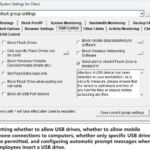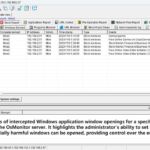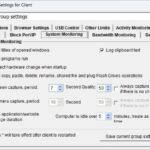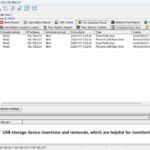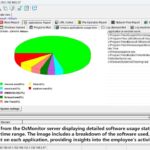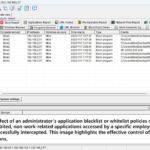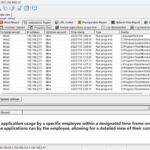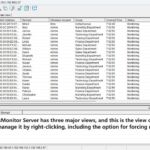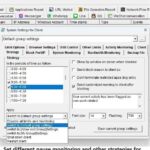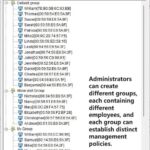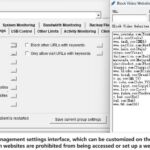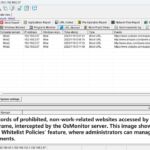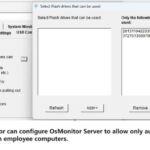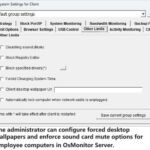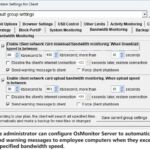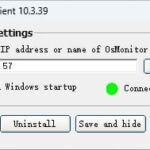In LAN management software, the merge sort algorithm is capable of efficiently and stably sorting large-scale data, supporting distributed processing and scalability, thereby enhancing the performance and efficiency of LAN management software. Through the merge sort algorithm, data in the LAN can be better organized and managed, providing more reliable and efficient network management services.
The merge sort algorithm has the following advantages in LAN management software:
- Stability: The merge sort algorithm is a stable sorting algorithm that maintains the relative order of equal elements. Maintaining data stability is crucial for accurate data analysis and processing in LAN management software.
- Efficiency: The merge sort algorithm has a time complexity of O(nlogn), making it perform well when dealing with large-scale data. In LAN management software, there is a need to process a large amount of device information, network traffic data, etc. The merge sort algorithm efficiently sorts this data.
- Scalability: The merge sort algorithm has good scalability and can handle large-scale data. In LAN management software, the network size and data volume may continue to grow, requiring a sorting algorithm capable of handling large-scale data. The merge sort algorithm can handle the increasing data volume while maintaining good performance and efficiency.
The complexity of the merge sort algorithm in LAN management software is mainly reflected in the following aspects:
- Time complexity: The merge sort algorithm has a time complexity of O(nlogn), where n is the size of the data to be sorted. When dealing with large-scale data, the algorithm's runtime can be relatively long.
- Space complexity: The merge sort algorithm requires additional space to store temporary data and result data, resulting in a space complexity of O(n). When processing large-scale data, a significant amount of memory space may be needed.
The role of the merge sort algorithm in LAN management software primarily lies in sorting and consolidating data:
- Data sorting: LAN management software requires sorting of device information, network traffic data, etc., for better data analysis and processing. The merge sort algorithm efficiently and stably sorts this data, providing an ordered dataset.
- Data consolidation: LAN management software often needs to consolidate data from different devices and different sources of network traffic. The merge sort algorithm can be used to merge multiple sorted lists or datasets, assisting in the consolidation and processing of data from various sources.
In summary, the merge sort algorithm has the advantages of stability and efficiency in LAN management software. It can sort and consolidate large-scale data, providing an ordered dataset to support data analysis and processing. However, the algorithm's time complexity and space complexity need to be considered, as processing large-scale data may require more computational resources and memory space.
About OsMonitor:
The mission of OsMonitor is to create a Windows computer system tailored for work purposes, effectively regulating employee computer behavior. It enables employers to understand what employees are doing each day, monitoring every action, including screen activity and internet usage. Additionally, it restricts employees from engaging in specific activities such as online shopping, gaming, and the use of USB drives.
OsMonitor, designed purely as software, is remarkably user-friendly and requires no additional hardware modifications. A single management machine can oversee all employee computers. As a leading brand in employee computer monitoring software with over a decade of successful operation, OsMonitor has rapidly captured the global market with its minimal file size and excellent cost-effectiveness compared to similar software. At this moment, thousands of business computers worldwide are running OsMonitor daily.




